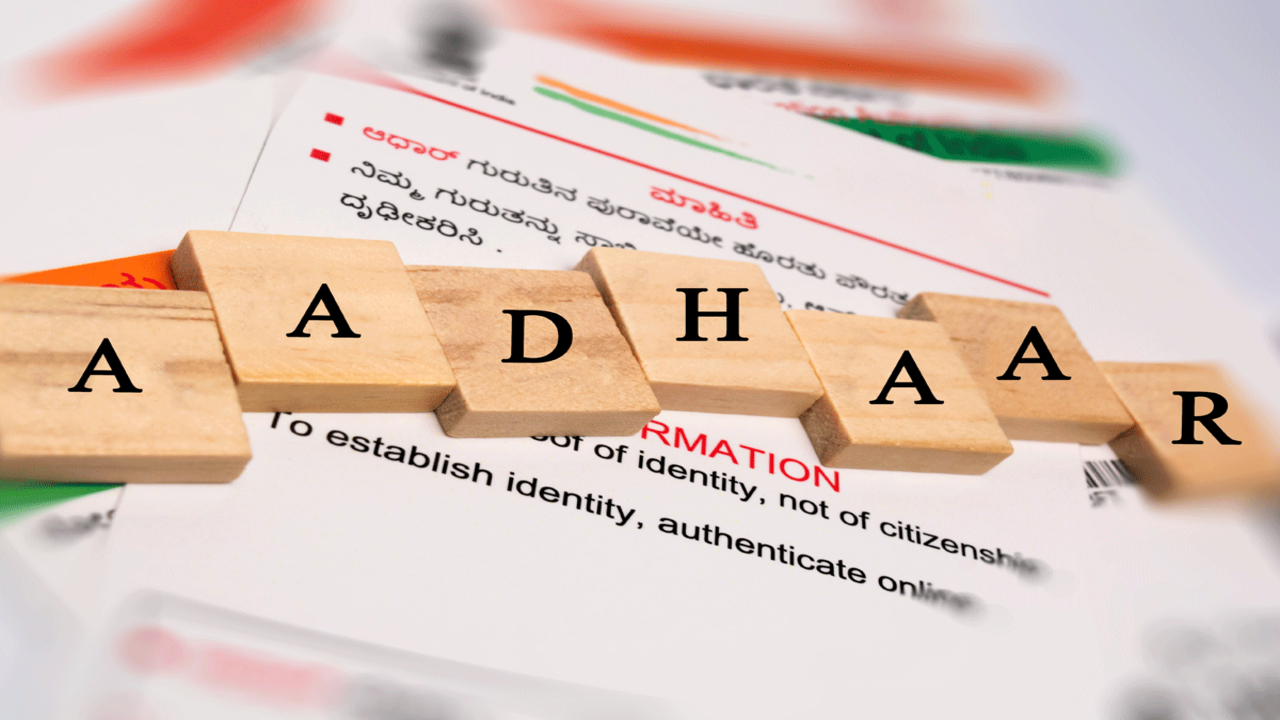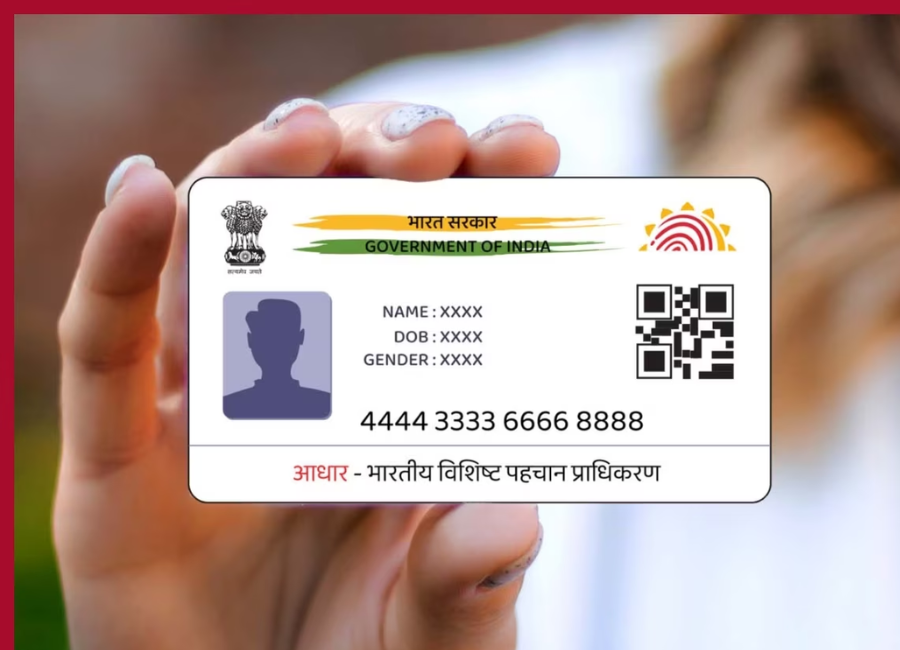Title: UIDAI Enhances User Convenience with Paperless Offline e-KYC Feature in mAadhaar App
In a move to simplify the e-KYC (Know Your Customer) process, the Unique Identification Authority of India (UIDAI) has introduced the “Paperless Offline e-KYC” feature to the mAadhaar app. This innovative feature aims to provide users with a seamless and convenient means of authenticating their Aadhaar, accessing services like EID/UID retrieval, locating nearby enrollment centers, and conducting mobile and email verifications, among other functionalities.
KYC is a crucial process for financial institutions and organizations, enabling them to verify the identity and authenticity of customers effectively. Traditionally, KYC involves collecting various documents from customers to validate their identity before onboarding. With the new Paperless Offline e-KYC feature in the mAadhaar app, users can now generate these documents and utilize them for offline verification.
The UIDAI describes the generated document as a “secure shareable document” that any Aadhaar holder can use for offline identity verification. This feature enhances flexibility and accessibility, offering users a practical solution for sharing their identity information without the need for an internet connection.

Here’s a step-by-step guide on how users can leverage the mAadhaar app’s Paperless Offline e-KYC feature:
1. Download the mAadhaar app from the Play Store or Apple App Store.
2. Log in using your registered phone number and OTP.
3. Navigate to the Services tab at the bottom bar and locate the Paperless Offline e-KYC option.
4. Click on the option and enter your Aadhaar number, Share Code, and Security Captcha.
5. Click the “Request OTP” button.
6. Enter the OTP received and click the “Verify” option.
7. After verification, the “Share eKYC” button will be displayed.
8. Tap on the button and choose the app through which you want to share the eKYC documents.
9. The mAadhaar app will generate a .zip file containing the eKYC documents, along with a “Share Code” for offline verification.
10. Users can share the .zip file using various platforms like WhatsApp or email.
This feature not only streamlines the KYC process but also adds a layer of security to the generated documents. The ability to share the .zip file through popular messaging and email platforms enhances the convenience of the offline verification process for both users and service providers.
The mAadhaar app’s continuous improvements align with the broader digitization efforts in India, making essential services more accessible and user-friendly. As technology continues to play a pivotal role in transforming traditional processes, innovations like Paperless Offline e-KYC contribute to a more efficient and secure digital ecosystem.









